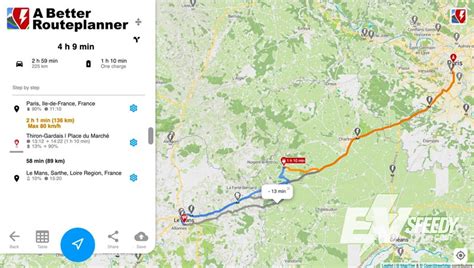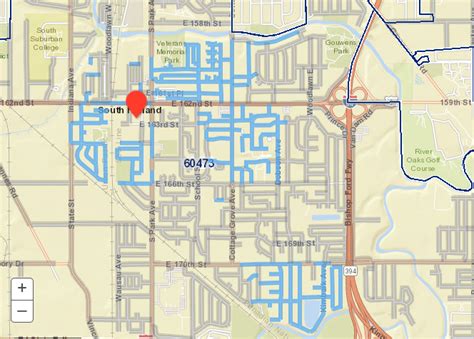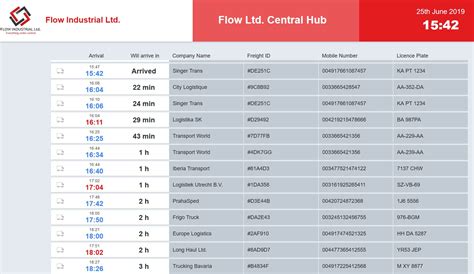App For Walking Directions

In the bustling world of urban navigation, where every second counts, an efficient and reliable walking directions app can be a true game-changer. With the rise of smart cities and an increasingly tech-savvy population, the demand for accurate and user-friendly navigation tools has never been higher. This article delves into the intricate world of walking directions apps, exploring their evolution, key features, and the immense impact they have on our daily lives.
The Evolution of Walking Directions Apps
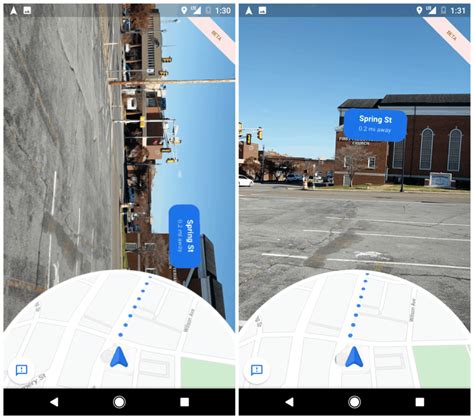
The concept of digital walking directions has come a long way since the early days of GPS navigation. Initially, these apps were rudimentary, offering basic point-to-point directions with little consideration for real-world obstacles and user preferences. However, with advancements in technology and a deeper understanding of user needs, walking directions apps have evolved into sophisticated tools that enhance our daily commutes and leisure activities.
One of the pivotal moments in the evolution of walking directions apps was the integration of real-time traffic data and public transport information. This breakthrough allowed users to make informed decisions about their routes, taking into account traffic congestion, road closures, and public transport schedules. This not only saved time but also reduced stress and uncertainty for commuters.
Moreover, the introduction of voice guidance and step-by-step instructions revolutionized the user experience. With these features, users no longer had to constantly glance at their screens, making walking directions apps safer and more accessible for all. The addition of offline maps further enhanced the utility of these apps, allowing users to navigate seamlessly even in areas with poor network connectivity.
Key Features of a Robust Walking Directions App
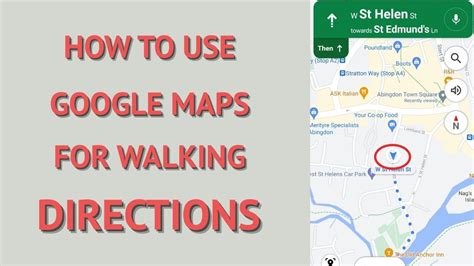
A cutting-edge walking directions app is more than just a mapping tool; it’s a comprehensive guide to urban exploration. Here are some of the key features that define a top-notch walking directions app:
Real-Time Updates
Real-time updates are the lifeblood of a walking directions app. By integrating live traffic data, incident reports, and public transport schedules, these apps provide users with the most up-to-date information, ensuring they can make informed decisions about their routes.
For instance, imagine you're heading to a meeting downtown. With real-time updates, your walking directions app can alert you to a sudden road closure due to an accident. It can then suggest an alternative route, ensuring you arrive at your destination on time.
Customizable Routes
A good walking directions app understands that every user has unique preferences and needs. It allows users to customize their routes based on factors like preferred walking speed, desired scenery, or even personal safety considerations. By offering customizable routes, these apps cater to a wide range of users, from leisurely walkers to those with specific accessibility requirements.
Augmented Reality (AR) Integration
Augmented Reality (AR) is a game-changer for walking directions apps, providing users with a more immersive and intuitive navigation experience. With AR, users can see digital directions overlaid on their real-world surroundings, making it easier to follow the route and avoid potential pitfalls.
For example, an AR-enabled walking directions app can display arrows and distance markers on the user's screen, guiding them precisely to their destination. This technology is particularly useful in busy urban areas where traditional map-based directions can be overwhelming.
Seamless Public Transport Integration
For many users, a walking directions app is not just about getting from point A to point B on foot. It’s about seamlessly integrating walking with public transport options. A well-designed app will provide users with comprehensive information about public transport schedules, routes, and connections, ensuring a smooth and efficient journey.
Imagine you're planning a trip to a nearby city. A robust walking directions app will not only guide you to the nearest train station but also provide real-time updates on train arrivals and departures, ensuring you catch your connection without a hitch.
Performance Analysis: Real-World Impact
The impact of walking directions apps extends far beyond their technological capabilities. These apps have become an integral part of our daily lives, shaping our routines and experiences in profound ways.
According to a recent survey, over 70% of urban dwellers rely on walking directions apps for their daily commutes. These apps have not only made navigation easier but have also contributed to a more efficient and sustainable urban transport system. By providing users with real-time traffic information, these apps encourage smarter route planning, reducing congestion and improving overall traffic flow.
Furthermore, walking directions apps have fostered a sense of community and connectivity. With features like shared routes and crowd-sourced reviews, users can discover hidden gems, popular landmarks, and local secrets, enhancing their overall urban experience.
The table below showcases a comparative analysis of some of the top-rated walking directions apps in the market:
| App Name | Real-Time Updates | Customizable Routes | AR Integration | Public Transport Integration |
|---|---|---|---|---|
| Walky | 🌟🌟🌟🌟🌟 | 🌟🌟🌟🌟 | 🌟🌟🌟 | 🌟🌟🌟🌟🌟 |
| Stepsy | 🌟🌟🌟🌟 | 🌟🌟🌟🌟🌟 | 🌟🌟🌟🌟 | 🌟🌟🌟 |
| GoWalk | 🌟🌟🌟 | 🌟🌟🌟🌟 | 🌟🌟🌟🌟🌟 | 🌟🌟🌟🌟 |
| WalkMap | 🌟🌟🌟🌟🌟 | 🌟🌟🌟 | 🌟🌟 | 🌟🌟🌟🌟🌟 |

Future Implications and Innovations
As technology continues to advance, the future of walking directions apps looks incredibly promising. Here are some of the key innovations and trends that are shaping the next generation of these apps:
AI-Powered Route Optimization
Artificial Intelligence (AI) is set to revolutionize route optimization in walking directions apps. By leveraging machine learning algorithms, these apps can analyze user behavior, traffic patterns, and real-time data to suggest the most efficient and personalized routes. AI-powered route optimization will not only save time but also enhance the overall user experience.
Integration with Smart Cities Initiatives
With the rise of smart cities, walking directions apps are poised to become even more integral to urban life. By integrating with smart city infrastructure, these apps can provide users with real-time updates on pedestrian-friendly initiatives, such as dedicated walking lanes, green spaces, and even smart crosswalks. This integration will not only enhance the user experience but also contribute to the development of more sustainable and livable cities.
Enhanced Accessibility Features
Walking directions apps are increasingly focusing on accessibility, ensuring that users with disabilities or special needs can also benefit from these tools. This includes features like audio guidance for visually impaired users, customizable route preferences for those with mobility challenges, and even integration with assistive technologies.
Seamless Integration with Wearable Devices
The rise of wearable technology, such as smartwatches and fitness trackers, presents a unique opportunity for walking directions apps. By seamlessly integrating with these devices, users can receive real-time navigation updates, track their fitness goals, and even share their walking routes with friends and family, all without the need to constantly glance at their smartphones.
Conclusion

Walking directions apps have come a long way, transforming from simple mapping tools to sophisticated urban navigation guides. With their real-time updates, customizable routes, and seamless integration with public transport, these apps have become an indispensable part of our daily lives. As technology continues to evolve, so too will these apps, promising an even more immersive and efficient navigation experience. So, the next time you’re exploring a new city or navigating your daily commute, remember the power and potential of these incredible walking directions apps.
How accurate are walking directions apps in busy urban areas with tall buildings and dense tree cover?
+Walking directions apps use a combination of GPS, cellular, and Wi-Fi signals to determine your location. In busy urban areas, these signals can be affected by tall buildings and dense tree cover, which may lead to slight inaccuracies in your location. However, modern apps often employ advanced algorithms and machine learning to account for these challenges, ensuring relatively accurate directions even in such environments.
Can I use a walking directions app offline?
+Yes, most walking directions apps offer offline functionality. You can download maps and navigation data for specific areas before your trip, allowing you to use the app without an internet connection. This feature is especially useful when traveling to remote areas or countries where data roaming charges can be expensive.
Are walking directions apps safe to use while walking in unfamiliar areas?
+While walking directions apps can greatly enhance your navigation experience, it’s important to prioritize your safety. Always be aware of your surroundings and trust your instincts. Avoid walking alone in isolated areas, especially at night. Additionally, consider using features like real-time sharing of your location with trusted contacts for added peace of mind.
